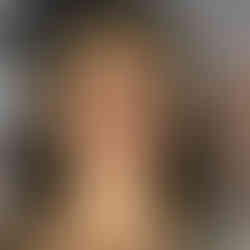A recent publication from LiST
- Verena Hauer
- Mar 28, 2024
- 1 min read
A pioneering method is reported for creating thermoresponsive biofunctional hydrogel microstructures using maskless multiphoton lithography. Departing from conventional multiphoton-triggered polymerization-based techniques, this approach relies on simultaneous photocrosslinking and attachment of already pre-synthesized polymer chains onto solid substrates. The method allows improving control over polymer network characteristics and enables facile integration of additional functionalities through postmodification with biomolecules at specific sites. Exploring two distinct benzophenone- and anthraquinone-based photocrosslinkers incorporated into specially designed poly(N-isopropyl acrylamide)-based co- and terpolymers, the photocrosslinking efficacy is scrutinized with the use of a custom femtosecond near-infrared laser lithographer. Comprehensive characterization via surface plasmon resonance imaging, atomic force microscopy, and optical fluorescence microscopy reveals swelling behavior and demonstrates postmodification feasibility. Notably, within a specific range of multiphoton photocrosslinking parameters, the surface-attached microstructures exhibit a quasiperiodic topography akin to wrinkle-pattern formation. Leveraging the capabilities of established multiphoton lithographer systems that offer fast pattern writing with high resolution, this approach holds great promise for the versatile fabrication of multifunctional 3D micro- and nanostructures. Such tailored responsive biofunctional materials with spatial control over composition, swelling behavior, and postmodification are particularly attractive in the areas of bioanalytical and biomedical technologies.











Comments